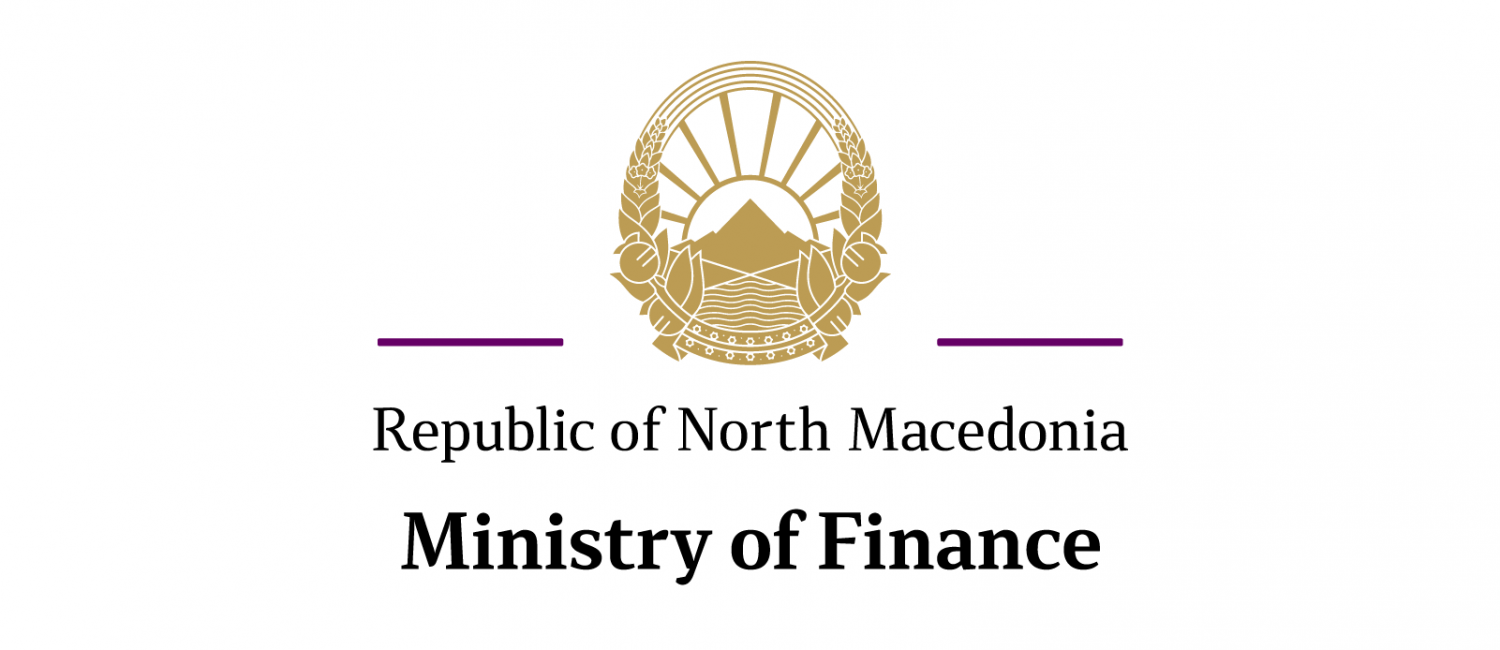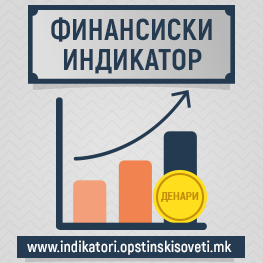29th April 2021, Skopje – Public and government debt in Q1 2021, following the issuance of the eighth Eurobond, experienced slight increase of 2.3 p.p. and 2.9 p.p. respectively. Public debt accounts for 62.5% of GDP, with government debt accounting for 54.1% of GDP.
Issuance of the eighth Eurobond in the amount of EUR 700 million, at historic low interest rate of 1.625%, is aimed at refinancing the 2014 Eurobond, being issued at an interest rate of 3.975%.
The Eurobond issued in 2014 is to be repaid in July this year and it will lead to reduction of the stock of both public and government debt.
Stock of government securities in the amount of EUR 23.4 million, 19th issue of denationalization bonds in the amount of EUR 11.5 million, disbursement of EUR 11.8 million foreign financing of government projects and disbursement of EUR 8.9 million to the public enterprises also had effect on the stock of public and government debt. Principal payments in the amount of EUR 44.5 million are also settled.
In line with the current stock of public and government debt, the expectations are that it will remain within the projections of 63.4% and 53.2% respectively.
In the medium term, i.e. by 2025, according to the projections in the Public Debt Management Strategy, public debt will stabilize and will be reduced to 58.8%, i.e. below the level set under the Maastricht Criteria, while government debt will be reduced to 51%. This will be accomplished via the plan and measures aimed at gradual fiscal consolidation, i.e. gradual reduction of budget deficit on one hand, as well as by accelerating the economic growth, i.e. generating higher added value, which will provide for easier servicing of the debt falling due, on the other.
As a result of the COVID-19 crisis, in line with the IMF data, almost all European states (except Norway) have experienced high increase of the government debt in 2020 compared to 2019. For instance, Spain registered debt increase by 27.5 p.p., debt in Italy surged by 27 p.p., while Greece registered 24.3 p.p. higher debt. As for the region, in addition to Greece, Albania recorded the highest debt increase by 15.6 p.p., followed by Slovenia, which debt increased by 14.9 p.p., and Croatia recording increase in the debt by 14.5 p.p..
















